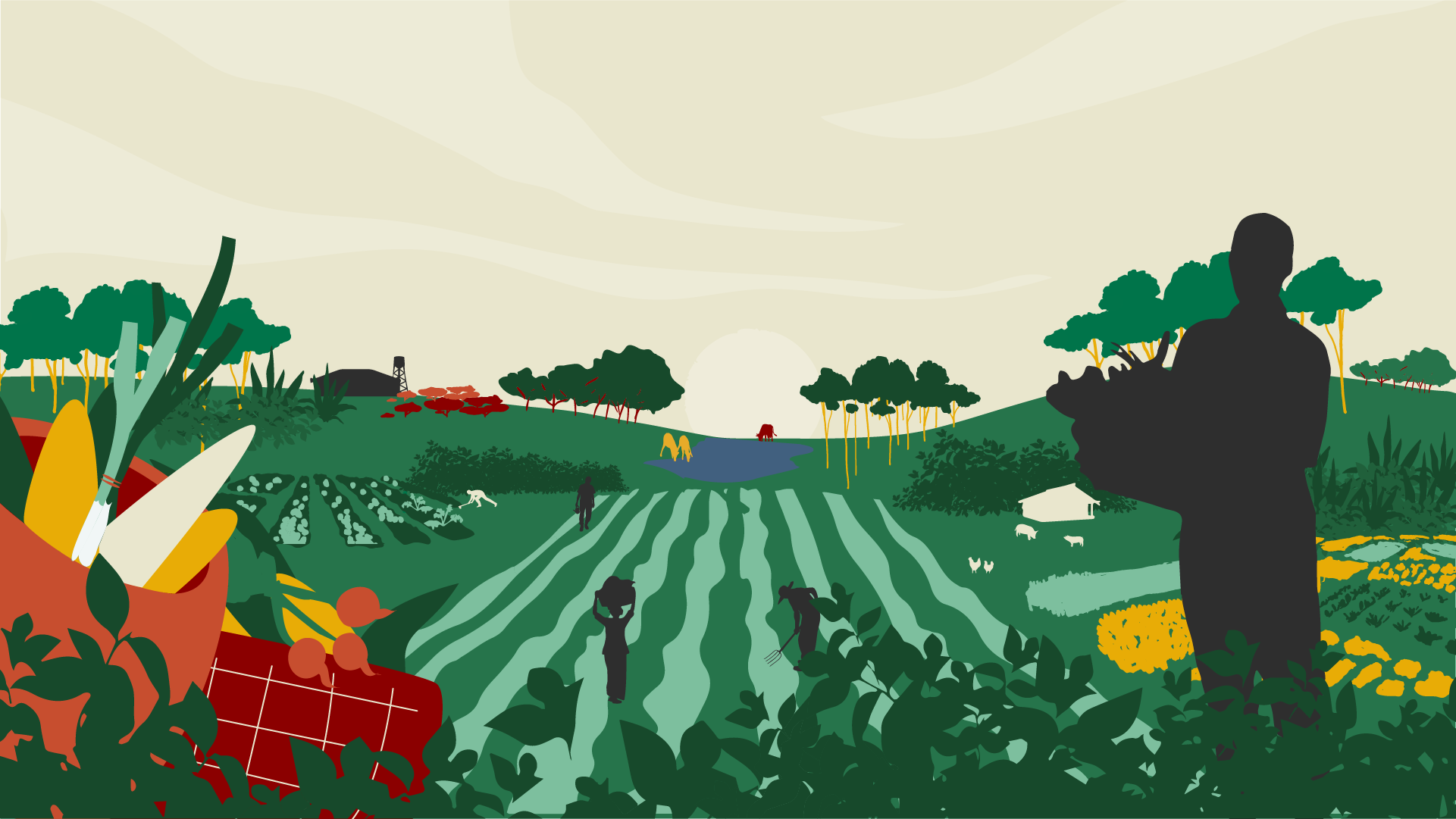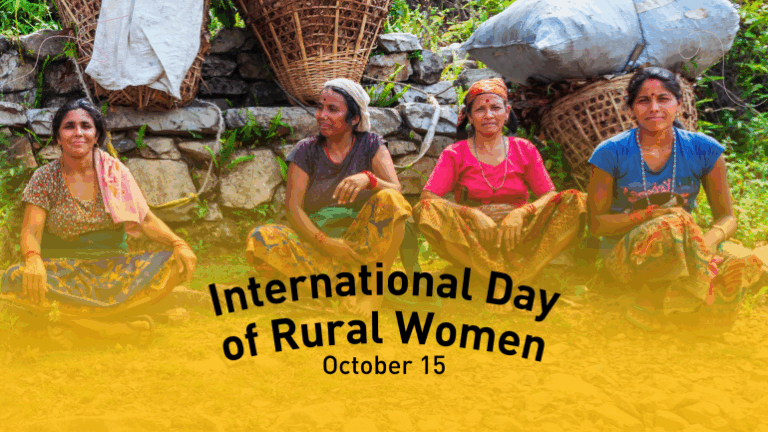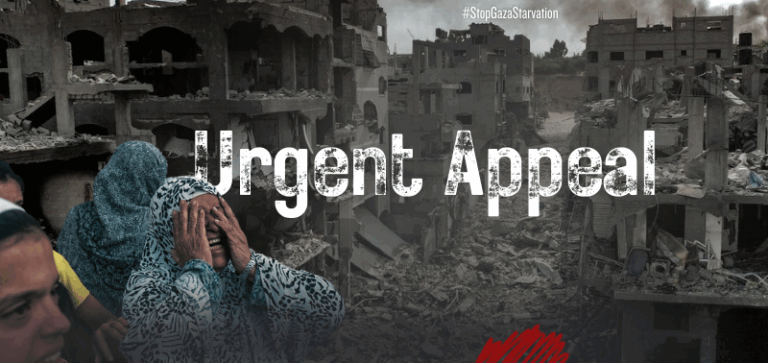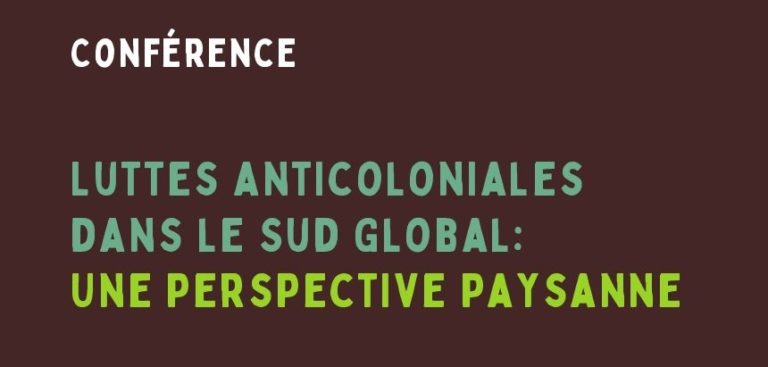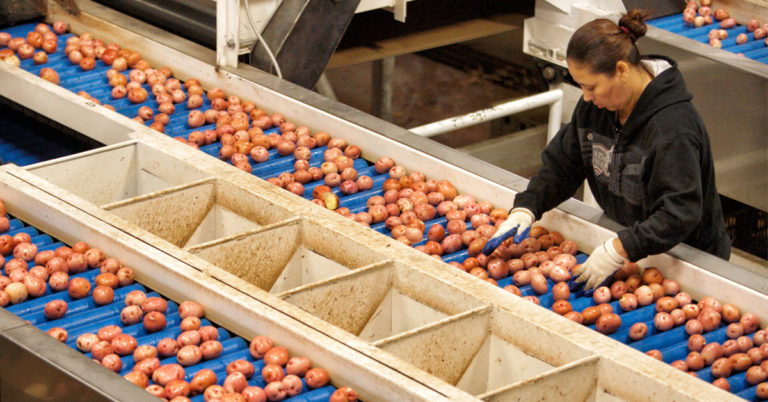Bridging or Excluding? Peasant Participation in the Digitalization of Agroecology
image: https://revolve.media/beyond/what-is-agroecology
This article provides a summary of an academic paper written by Romberg de Sá Gondim (avaliable here)
Introduction
As digital tools tend to incorporate a top-down and corporate driven approach, these technologies have been easily assimilated by large-scale farms and in particular with the Green Revolution (Shelton et al., 2022). On another hand, peasants and small-scale farmers face unequal access, ability of accessing, finding, and benefiting from such technologies (McCampbell et al., 2025). The complexity and technocratic approach of technologies also risks minimizing peasant participation, agency and co-creation of knowledge by replicating (Hilbeck and Tiselli, 2020), and even replacing previous horizontal and inclusive social interactions between small-scale farmers, peasants, and rural communities, threatening a cornerstone element of agroecology (Shelton et al., 2022). While peasant literacy, participation and access to technology are not new dilemmas on agroecological studies, the rise of the digital revolution comes with new nuances. More specifically, on how how emerging digital technologies are or aren’t considering agroecological principles (Ajena et al, 2020). This dynamic raises fundamental questions about peasants rights, and in particular the right to develop agroecological practices, which are enshrined in the United Nations Declaration on the Rights of Peasants and Other People Working in Rural Areas (UNDROP).
The impact of digitalization on peasants’ rights
The effects of digitalization on the co-creation of knowledge and peasant agency within agroecology remain insufficiently understood – not only in the academic literature but also among peasant communities and agroecological activists themselves (Silva, 2022). Tensions emerge between agri-tech and agroecological approaches, as the former often replicate the discourse and practices of the Green Revolution, seeing in contradiction with agroecological approaches and peasants’ rights. Digital tools have been linked to the devaluation of traditional knowledge systems, the standardization of practices through datafication (Ajena et al., 2022; Shelton et al., 2022), and the emergence of predatory intellectual property dynamics, such as the digital sequencing of germplasm (Vogliano et al., 2021). These practices are not only at odds with agroecological values but also contravene key provisions of the UNDROP – notably Article 19 on the right to seeds, Article 20 on biodiversity, and Article 26 on traditional knowledge. Yet, other scholars argue that agroecology and digital technologies are not inherently incompatible, and that these technologies may foster agroecology scalability (Rotz et al., 2019), which can also create problems of inequality, as differentiated access to these tools can exacerbate inequalities among peasants, generating asymmetrical productivity gains that benefit adopters while excluding non-adopters (Brunori, 2024).
Considering the complex dynamic between digitalization, agroecology, and peasant agency and participation, this research paper explored these themes through the following central question: To what extent do digital tools enable or constrain meaningful participation in agroecological transitions at the territorial level? To answer this, a set of three sub-questions were posed: (i) What tensions and opportunities emerge in the digitalization of agriculture to small-scale farmers? (ii) How do digital tools align or conflict with agroecological principles such as co-creation of knowledge and resilient governance?; and (iii) Who are the actors involved in the design and governance of agroecological digital tools, and how do their participatory approaches affect peasants’ agency and inclusion?
To answer these questions, the paper was also structured in three parts. First, a literature review addresses the subquestions using academic articles, policy briefs, and program reports on the digitalization of agroecology. This includes a descriptive analysis of a dataset on how digital tools incorporate agroecological and social inclusion elements (from Dittmer et al., 2022a). Second, two case-based sections explored: (i) digital tools as a way for co-creation and knowledge sharing, focusing on the Solis app developed in Pará, Brazil under the Inclusive Digital Tools (ADTD) component of the Agroecological Transitions Program for Building Resilient and Inclusive Agricultural & Food Systems (TRANSITIONS), financed by the European Union (EU). And, (ii) governance perspectives drawing on semi-structured interviews conducted by the author with agroecological activists from La Via Campesina in Brazil and Paraguay, alongside insights from the TRANSITIONS interviews with policy and technical actors and small-scale farmers prior to Solis implementation (Freixêdas et al., 2022). Finally, the conclusion reflects on the findings and limitations of existing literature and how the case studies respond to the research questions.
In this summary, the main findings from the case studies and the key conclusions of the paper are outlined below. For further details, including additional references to interviews conducted with La Via Campesina leaders in South America, Perla Alvarez (CONAMURI, Paraguay) and Marciano Toledo (MPA, Brazil), please refer to the full article [insert link again].
Case Studies
Firstly, a section on the co-design and implementation of Solis, an app designed for increasing peasants’ digital agency in small livestock farming initially in Novo Repartimento, Anapú and Pacajá cities (Pará State, North of Brazil). This section highlighted how small-scale farmers were included, and the challenges during and after the process, through documentation analysis of reports and presentations about the programme. A second session addressed governance issues faced in including peasants and agroecological elements in the digitalization of agriculture in Brazil. For this, documental analysis of publications and interviews conducted by the Transitions Programme in Brazil with agents in ministries, governmental agencies, state governments, cooperatives, developers, private sector, and NGOs (Freixêdas et al., 2022) will be complemented by interviews conducted by the author with peasants and social activists within La Via Camponesa International in Brazil and Paraguay (while also a representative for the Latin American Coordination of Rural Organizations – CLOC).
The Solis app, a project developed in the Pará region of Brazil, serves as a powerful example of how digital tools can be designed to align with agroecological principles. A civil society organization, Solidaridad Latinoamerica, partnered with peasants who had little access to technical assistance but were already familiar with smartphones and social media like WhatsApp. Instead of presenting a finished product, the project used participatory methods like co-creation workshops and field days to involve peasants in the design process from the start. This approach was crucial for adapting the app to local needs. For instance, peasant input transformed the app’s initial concept, leading to the creation of a digital learning community where users could share videos and content about local agroecological practices. This peasant-to-peasant knowledge exchange, a core tenet of agroecology, became a central feature. This co-design process aligns with the UNDROP’s articles 10 and 18, which establish the rights of peasants to meaningful participation in decision-making and control over their resources.
The app demonstrates that inclusive digital tools can empower peasants and help them transition away to more agroecological models. However, it also highlights significant challenges. The extensive participatory design process delayed the app’s launch for a year, and the need to keep the tool free for peasants places a financial burden on its developers. This raises further questions: how can these valuable, peasant-centric initiatives be sustained and scaled without compromising their core principles?
Also, while local initiatives like Solis show great promise, the broader landscape of digital governance in Brazil and in Latin America in general is far more challenging. Interviews with government and industry representatives conducted by the Solis team revealed that many existing digital tools are designed with a “one size fits all” approach that does not account for the diverse needs of peasants and small-scale farmers. Although some officials acknowledged the need for peasant input, their definitions of “participation” often stopped at simply consulting peasants or communicating them about existing policies. The idea of peasants as co-developers or participants in administrative governance was rarely mentioned.
This disconnect is a major concern for agroecological movements like La Via Campesina. The interviews conducted by the author with activists from Brazil and Paraguay revealed some skepticism towards digital agriculture. This does not come as a rejection of technology itself, but of the corporate, top-down approach of many digital tools that lead to the same problems as the Green Revolution. Interestingly, the interviews showed a relationship between data ownership and previous forms of resource privatization, such as corporate appropriation and patenting of local crop varieties. Now, it comes to the preoccupation of “what will they do with my data?” and “how is it being used?”, which reinforces UNDROPs importance in emphasizing the rights of peasants in controlling their own resources and traditional knowledge. Furthermore, other challenges in the latin american environment, such as the lack of secure access to land, a fragmented and opaque public policy landscape, and current fights on seeds rights are priority to social movements, which dislocate their attention to the current debates on digitalization.
Ultimately, the research shows a clear gap between the potential of digital tools to foster agroecology and the reality of how they are currently designed and governed. While grassroots efforts like Solis are creating inclusive alternatives, they operate in parallel to a broader policy environment that largely excludes peasant movements and fails to address the fundamental issues of power, participation, and data sovereignty.
Conclusion
The paper aimed to understand the extent to which digital technologies enable or constrain meaningful participation in agroecological transitions at the territorial level. The findings reaffirm many critical concerns raised in the academic literature. While it mentions the possibility of co-creation of digital tools for agroecological purposes, most of the current tools mapped are far away from incorporating agroecological principles and social inclusion in their design (Dittmer et al., 2022a). Thus, the dominant top-down, corporate-driven approach may continue to frame most digital agricultural tools, embedding them within narratives of standardization and productivity associated with the Green Revolution (Klerkx & Rose, 2020; Shelton et al., 2022). These models tend to marginalize smallholders, exclude traditional knowledge, and risk deepening inequalities. While power relations are underlined in the literature, little is mentioned on the peasants movement agency in digitalization of agriculture outside – valid – concerns with peasant data ownership and the corporate vision behind such tools. Their engagement on co-creating horizontal digital tools is yet not clear.
Future research should expand both in depth and breadth, in themes such as financing for digital tools in agroecology, so as to understand their operational model – and how peasant knowledge is incorporated –, return on investment, and in identifying how different financial mechanisms that may be related to more agroecological elements and social inclusion realization, that is, more participation. Also, incoming research should focus on the role of peasant movements in co-creating, implementing, or even resisting digital technologies, and in understanding how these actors influence the governance – locally or nationally, institutionalized or not – and values embedded in digital technologies is critical for a more democratic digital transition. Considering the time of writing, the article did not incorporate recent efforts, such as the “Inteligência Artificial da Reforma Agrária e Agroecologia” (IARAA, AI of Agrarian Reformation and Agroecology) project, coordinated by the Landless Rural Workers Movement and the World March of Women.
Ultimately, if agroecology is to serve as an alternative to industrial and productivist agriculture, its engagement with digital tools shall not replicate the very structures it seeks to replace. Instead, it must be reimagined from the ground up – rooted in peasant agency, collective knowledge, and equitable governance (Laurens et al., 2023; McCampbell et al., 2025; Sheldon et al., 2022), thereby fulfilling rights recognized in the UNDROP. This includes, but moves beyond inclusive design, towards also understanding governance and power dynamics (Rosset et al., 2025; Rotz et al., 2019). As digital technologies are rapidly embedded in food and agriculture systems, this paper highlighted how the challenge is not merely technological, but fundamentally about power, participation, and the future of agroecology, its practices, principles, and actors.
To consult the bibliographic references cited in this article, please refer to the full paper provided below.
On this topic, read also:
1.) https://www.eurovia.org/publications/ecvc-position-on-digitalisation/
2.) https://defendingpeasantsrights.org/los-desafios-de-los-movimientos-campesinos-frente-a-la-digitalizacion-de-la-agricultura/ (Spanish or French only)

